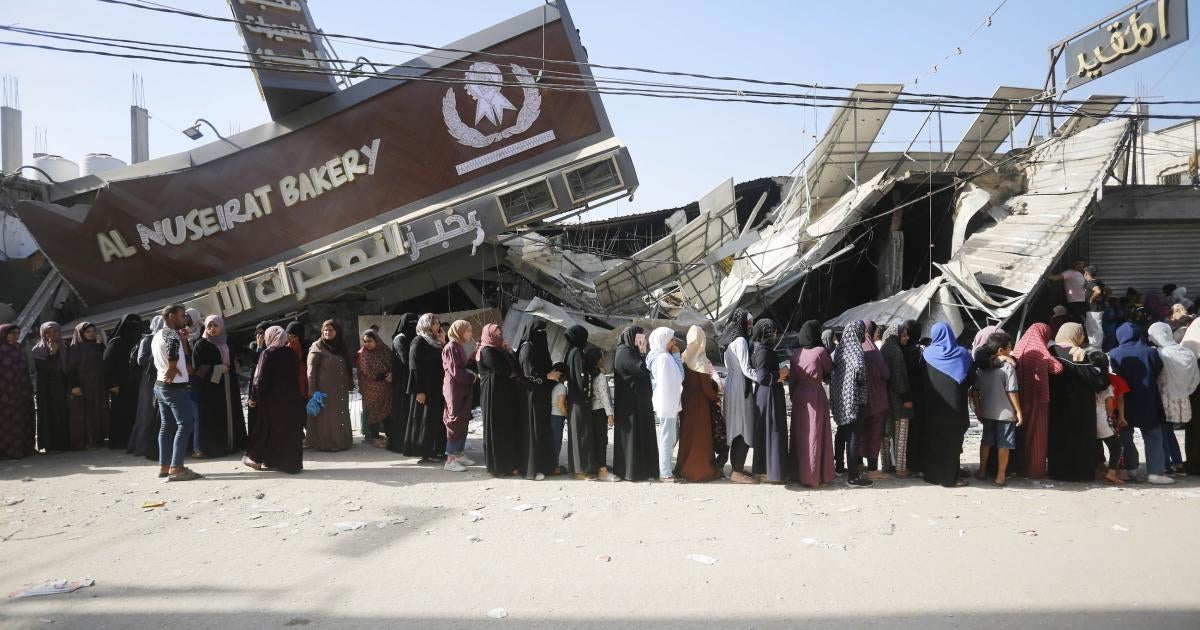Are you claiming the video is fake or just that you won't watch it because it comes from someone you disagree with?Jackson Hinkle?!?!..... Seriously?!?!?!
This guy is a notorious disinformer.
You're so desperate that it's pathetic.
Are you going to say that the kid must be pro Putin or just go back to the kid must be Hamas and should die?
How about these videos, I assume you, like shack and phil, think that if you don't want them all dead you're a 'Hamas lover'.
This kid must be Hamas, you must want him dead too.
This one is 10, old enough to hold a gun, do you want them dead too?
Of course the best way is to just take out an entire neighbourhood, fewer bodies and they all get buried in rubble you can't add them to the total death tally.









